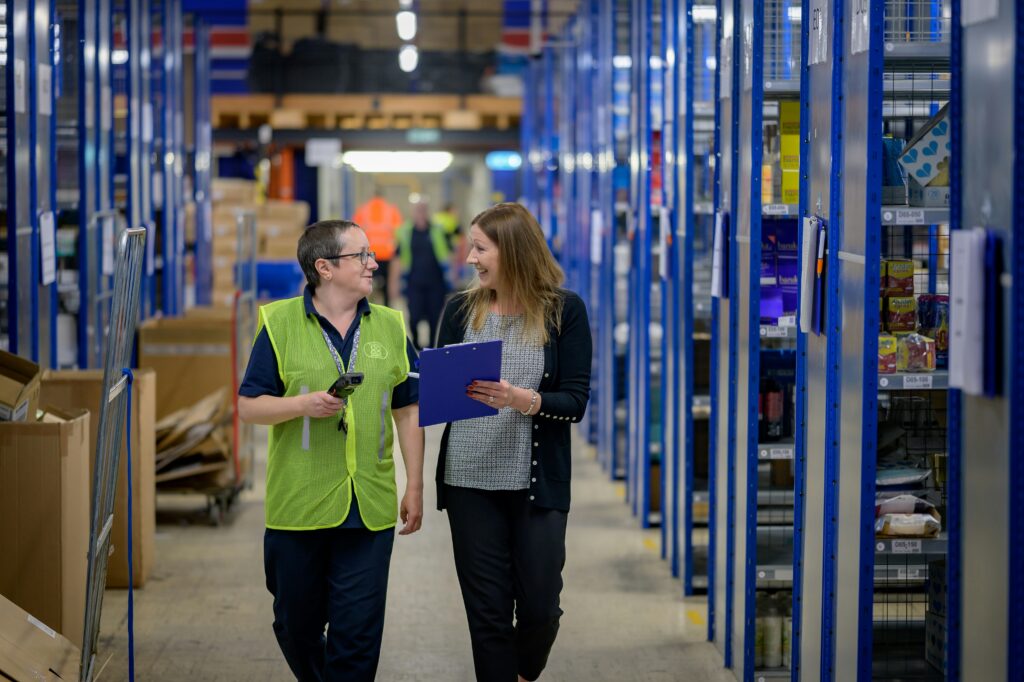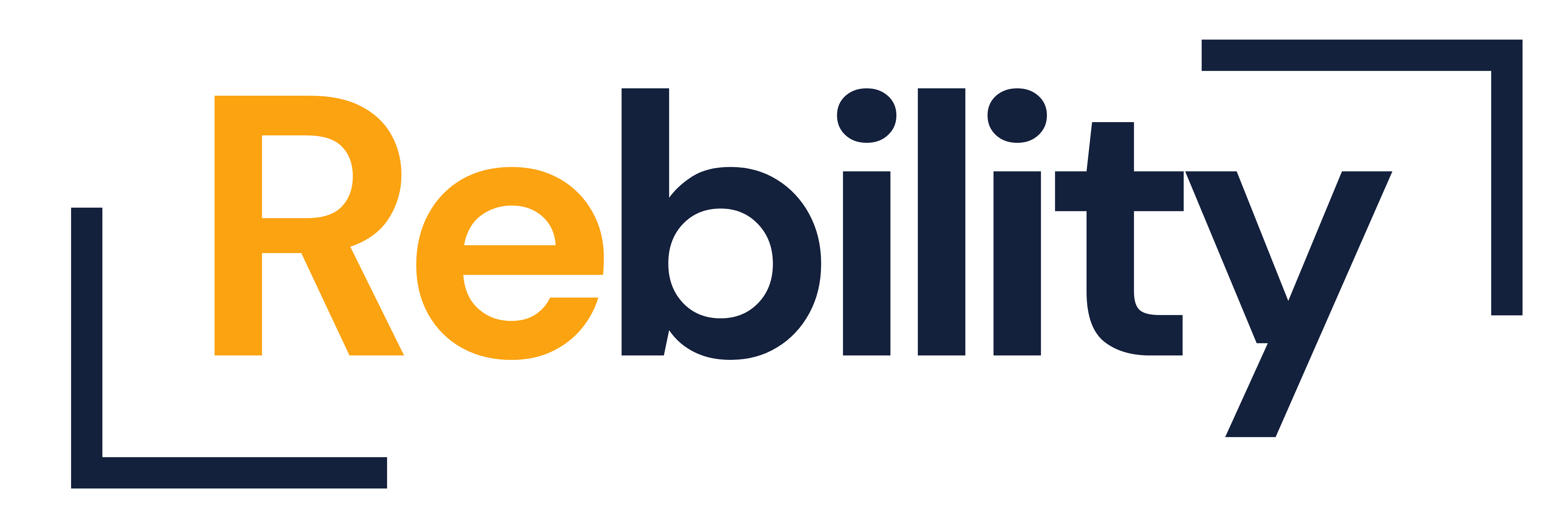
Creating a Safer Workplace: Lessons from Workplace Assessments
A safer workplace doesn’t happen by accident—it’s the result of proactive planning, continuous assessments, and targeted modifications. Workplace injuries can have significant consequences, from decreased productivity to costly claims. However, many of these incidents are preventable with the right strategies in place.
Workplace assessments are a cornerstone of injury prevention, providing actionable insights to identify risks, improve processes, and foster a safer environment. Employers who invest in these assessments often see reduced injury rates, enhanced employee morale, and lower costs related to downtime and compensation.
In this blog, we’ll explore the key lessons learned from workplace assessments, including how to identify hazards, implement effective modifications, and build a culture of safety that benefits everyone.
1. Why Workplace Assessments Matter
The Role of Assessments in Injury Prevention
Workplace assessments evaluate physical environments, job tasks, and workflows to identify potential hazards. These evaluations are crucial in creating tailored injury prevention plans.
Key Benefits:
- Proactive Risk Identification: Spot hazards before they lead to injuries.
- Improved Productivity: Safe environments enable employees to perform at their best.
- Cost Savings: Preventing injuries reduces expenses related to compensation claims and lost productivity.
2. Key Components of a Workplace Assessment
What Does an Assessment Include?
A thorough workplace assessment examines several areas:
- Ergonomics: Ensuring workstations and tools align with employees’ physical needs.
- Environmental Factors: Evaluating lighting, noise levels, and ventilation.
- Task Analysis: Reviewing workflows to identify repetitive or high-risk tasks.
Tools and Techniques:
- Functional Capacity Evaluations: Assess workers’ physical abilities to match job demands.
- Hazard Identification Checklists: Standardized tools to spot common risks.
- Employee Feedback Surveys: Gain insights from those on the front lines.
3. Common Findings from Workplace Assessments
Top Hazards Identified:
- Poor Ergonomics: Non-adjustable chairs and workstations often lead to musculoskeletal injuries.
- Repetitive Movements: Tasks that require repetitive actions increase the risk of overuse injuries.
- Inadequate Training: Employees unaware of proper safety protocols are more likely to experience injuries.
Example:
A manufacturing company discovered that poorly positioned machinery led to back injuries among operators. Modifying equipment height significantly reduced complaints.
4. Building a Safer Workplace Through Modifications
Actionable Strategies:
- Ergonomic Improvements: Provide adjustable desks and chairs to minimize strain.
- Task Rotation: Reduce repetitive strain by alternating job roles.
- Safety Training: Educate employees on proper techniques for lifting, handling tools, and operating machinery.
Rebility’s Role:
Our workplace assessments provide tailored recommendations for creating safer environments, from ergonomic adjustments to comprehensive training programs.
5. The Role of Continuous Monitoring and Feedback
Why Ongoing Assessments are Essential
Safety isn’t a one-time initiative. Continuous monitoring ensures that modifications remain effective as workplace conditions evolve.
Best Practices:
- Periodic Reviews: Conduct regular assessments to identify new hazards.
- Encourage Feedback: Create open channels for employees to report safety concerns.
- Track Metrics: Measure injury rates and near-misses to evaluate the impact of safety programs.
Fact: Companies with routine safety assessments report a 30% reduction in workplace injuries over three years.
Conclusion
Workplace assessments are an essential tool for fostering a safer, more productive environment. By identifying risks, implementing targeted modifications, and prioritizing continuous monitoring, employers can significantly reduce injuries and improve overall workplace morale.
At Rebility, we specialize in delivering comprehensive workplace assessments tailored to your industry. Our evidence-based insights help you build a culture of safety that benefits everyone.
Contact us today to learn how workplace assessments can transform your safety practices and reduce workplace injuries.
Other Posts
How SMART Goals Can Revolutionize Your Return-to-Work Plan
How SMART Goals Can Revolutionize Your Return-to-Work Plan "Setting effective, measurable goals for sustainable recovery success."The journey back to work...
Understanding Biopsychosocial Factors: The Key to Sustainable Workplace Recovery
Understanding Biopsychosocial Factors: The Key to Sustainable Workplace Recovery Injury recovery isn’t just about physical healing—it’s a complex process influenced...
How Early Intervention Speeds Up Recovery and Reduces Workplace Disruptions
Elementor #553 Workplace injuries are a reality that both employers and employees must navigate. The sooner these injuries are addressed,...




